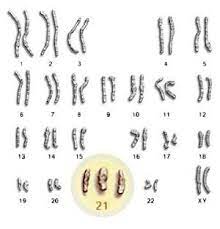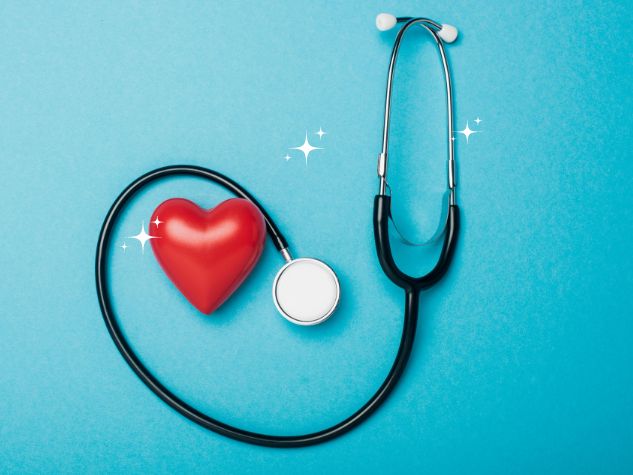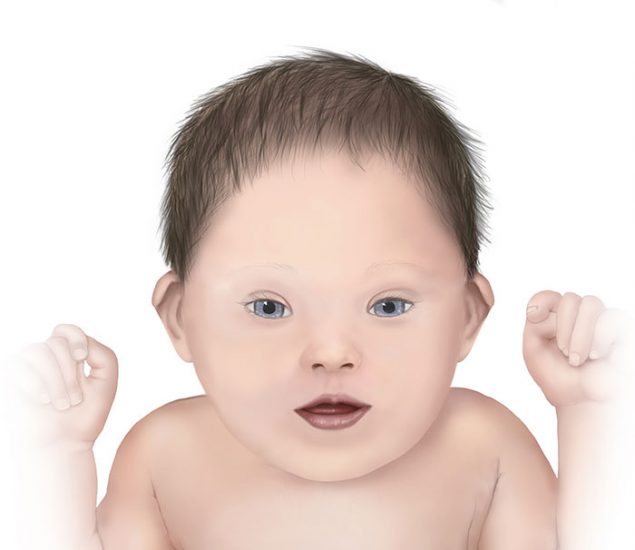Trisomies are genetic anomalies that occur when a person has three copies of a chromosome instead of the usual two. These trisomies can lead to a variety of health problems and disabilities, and some are more well-known than others due to their prevalence. Below, we’ll explore some of the most common trisomies and their characteristics.
- Down Syndrome (Trisomy 21):
Down syndrome is one of the most well-known and common trisomies. It occurs when a person has an extra copy of chromosome 21, resulting in a total of three copies instead of the usual two. This leads to a range of physical features and cognitive disabilities. Some typical physical traits include almond-shaped eyes, epicanthal folds, a flattened facial profile, and reduced muscle tone. People with Down syndrome may also experience developmental delays and varying degrees of cognitive difficulties. However, many individuals with Down syndrome lead productive and fulfilling lives with appropriate support.
- Edwards Syndrome (Trisomy 18):
Edwards syndrome, also known as trisomy 18, is another rare but severe chromosomal trisomy. It is characterized by having three copies of chromosome 18 instead of two. Edwards syndrome is more severe than Down syndrome and is often lethal in early life. Physical features include severe malformations such as heart defects, growth delays, cleft palate, and various internal organ abnormalities. Most babies with Edwards syndrome do not survive beyond their first year of life.
- Patau Syndrome (Trisomy 13):
Patau syndrome, or trisomy 13, is another rare and severe chromosomal trisomy. It results from having three copies of chromosome 13 instead of two. Like Edwards syndrome, Patau syndrome is associated with multiple physical malformations and internal organ abnormalities. Babies with this condition often have severe heart problems, brain malformations, growth delays, and a very limited life expectancy. Most children with Patau syndrome do not survive beyond their first year of life.
- Klinefelter Syndrome (XXY):
Klinefelter syndrome is a sex chromosome trisomy that affects males. Instead of the typical XY chromosome pattern in males, individuals with Klinefelter syndrome have an extra X chromosome, resulting in an XXY pattern. This trisomy is often not diagnosed until adolescence or early adulthood. Typical features include infertility, delayed sexual development, small testicles, and other hormonal issues. However, with appropriate treatment, many people with Klinefelter syndrome can lead normal lives.
- Turner Syndrome (Monosomy X):
Turner syndrome is a chromosomal condition that affects females. Instead of having two X chromosomes, individuals with Turner syndrome have only one (45, X), known as monosomy X. This leads to a range of health issues, including short stature, lack of ovarian development, and heart problems. Individuals with Turner syndrome often require growth hormone therapy and hormone replacement therapy to address these issues.
- Trisomy X (XXX Syndrome):
Trisomy X occurs in females who have three copies of the X chromosome instead of the usual two. Unlike Turner syndrome, individuals with trisomy X have an extra X chromosome. The manifestations of this trisomy can vary widely, and many people with trisomy X can lead normal lives without severe issues. However, in some cases, there may be developmental delays and emotional or learning difficulties.
- Mosaic Down Syndrome:
Mosaic Down syndrome is a variant of Down syndrome in which some cells in the body have an extra copy of chromosome 21, while others have the normal number of chromosomes. This can result in a wider range of physical features and cognitive abilities compared to typical Down syndrome.
It’s important to note that while these are some of the most common trisomies, there are other, less common chromosomal trisomies and abnormalities with their own characteristics and consequences. The diagnosis of a trisomy is typically made through genetic testing, such as amniocentesis or prenatal blood analysis.
Trisomies can have a significant impact on the lives of affected individuals and their families. Seeking medical support and appropriate resources is crucial to understanding and managing the implications of these conditions and providing the best possible care to those who have them.


















